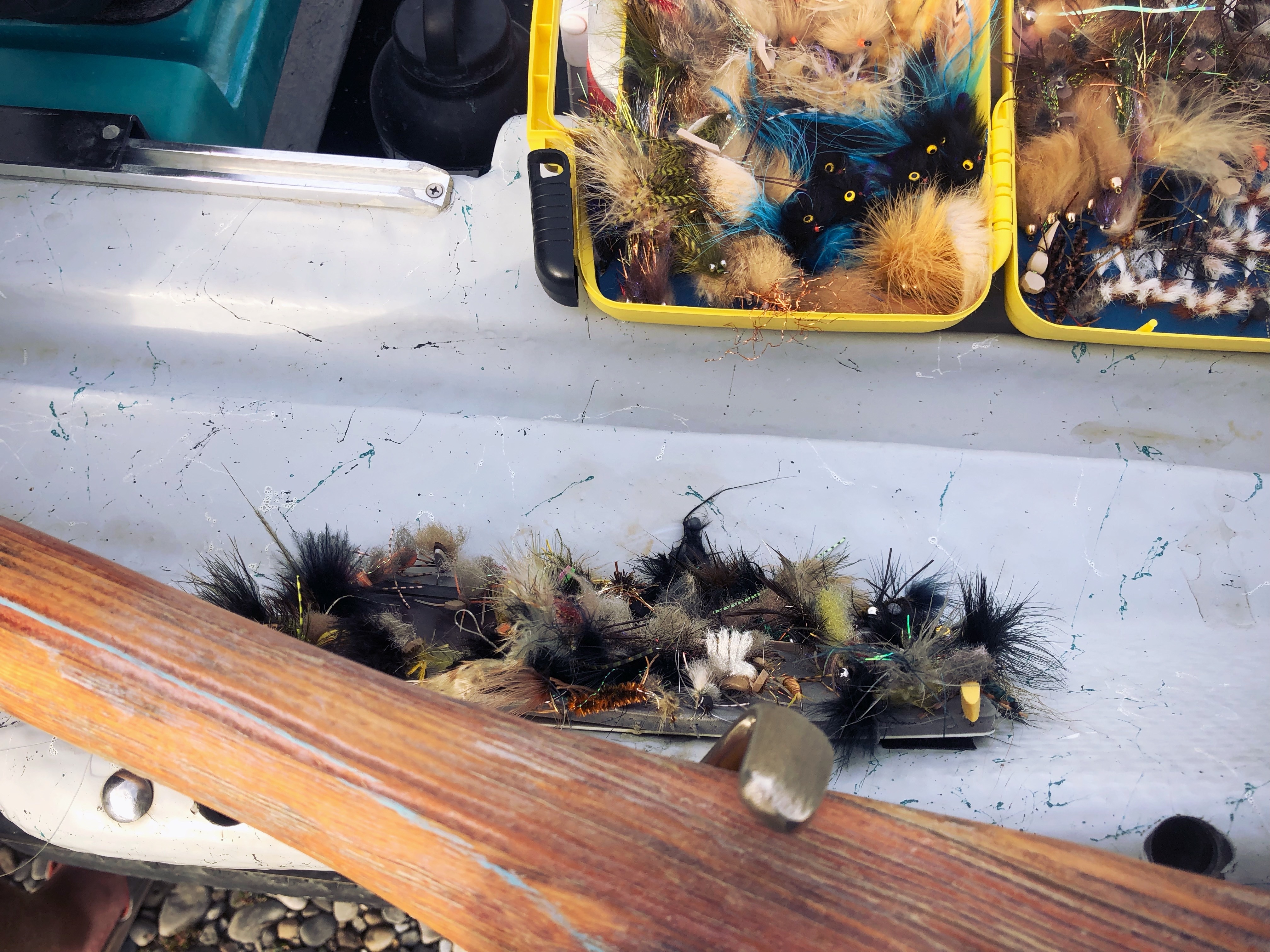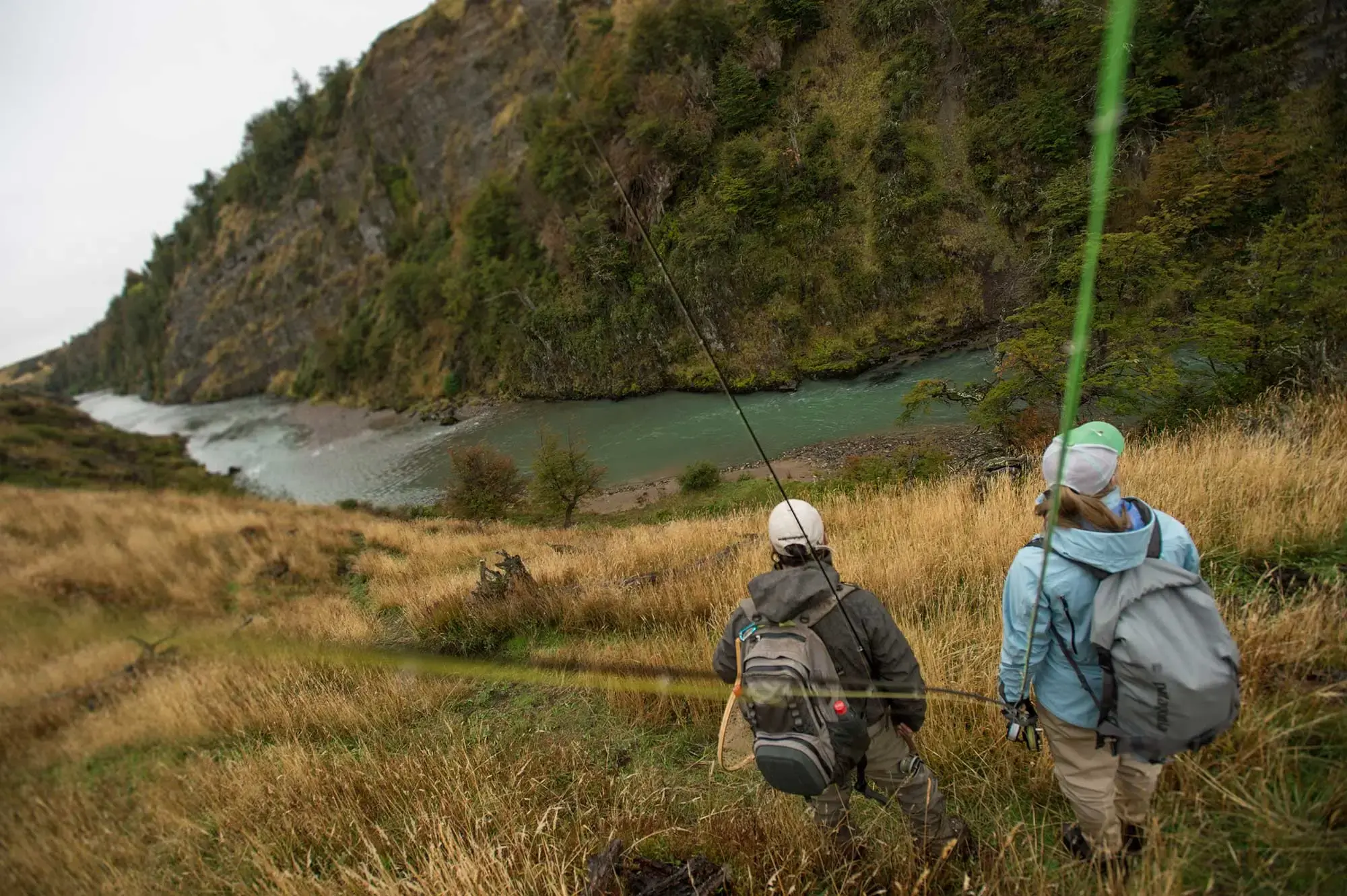Learn to Love Dirty Water
%20copy.jpg)
Learn to Love Dirty Water
Don’t be intimidated by dirty water. While it’s easy to think that the fish won’t be feeding because the water is off-color, that simply isn’t the case.
Short of a full-on flood, fish are used to natural fluctuations in river levels, and they feed throughout all of them. They eat more often in certain conditions than others, but they do eat.
Dirty water may be a problem for some anglers, but it isn’t for the fish.
I’ll take a day when the water is slightly stained over super-clear water any time, because that colored water tells me there’s a lot of stuff (food) being washed into the river. That murkiness also camouflages me from the fish.
In dirty water conditions, avoid the area where a runoff-fueled creek is pumping thick, muddy water into the main current. Instead, look for the transition zone where dirty water meets clear (or at least clearer water), as that’s a great place to cast.
If anything, dirty water narrows down the pockets of opportunity on a river. There may be fewer of these pockets, but when you find them, your probability of finding fish increases dramatically.
Dirty water places a premium on your ability to read the river and the behavior of its currents. Keying on those changes–structure, depth, current seams and so forth–is far more important on dirty-water days than it is when you can spot fish through clear water.
On dirty days, you have to use your brain and not just your eyes alone. And anglers should enjoy that challenge.
.svg)








